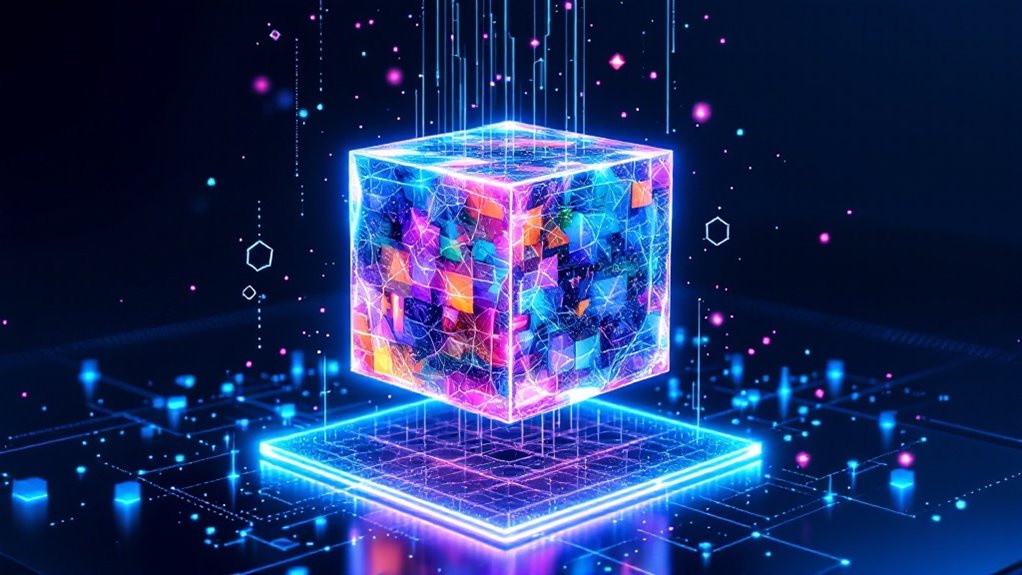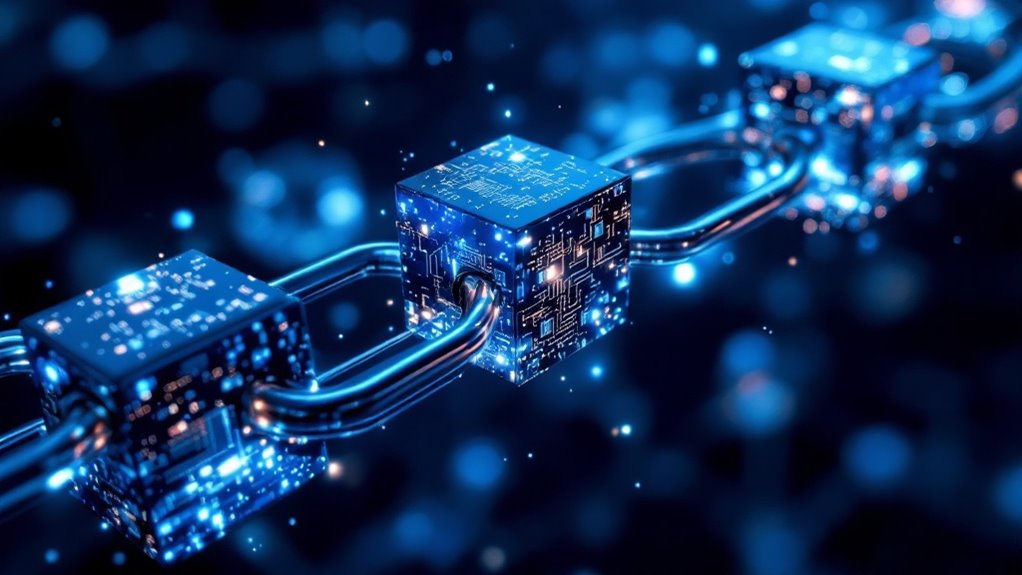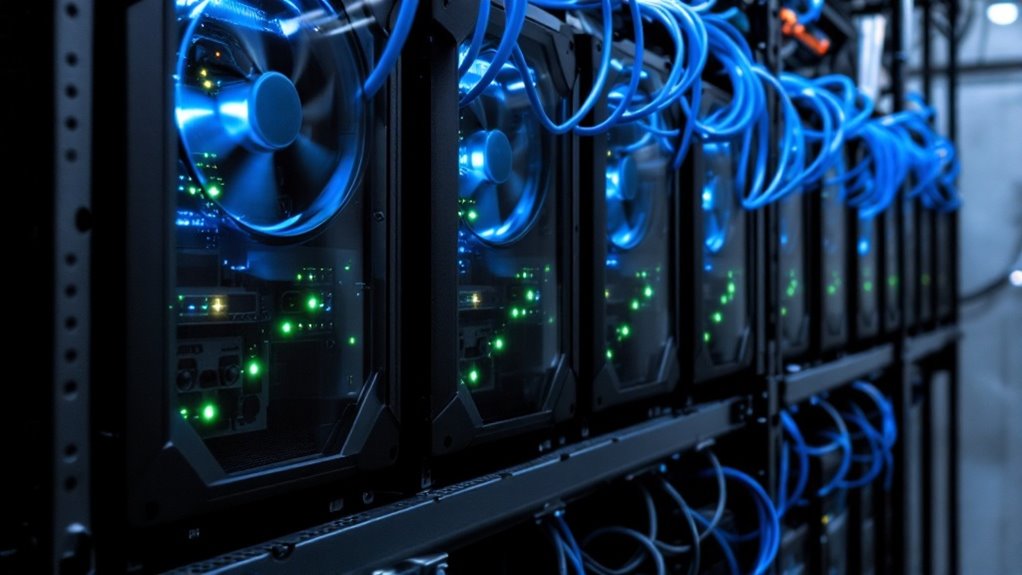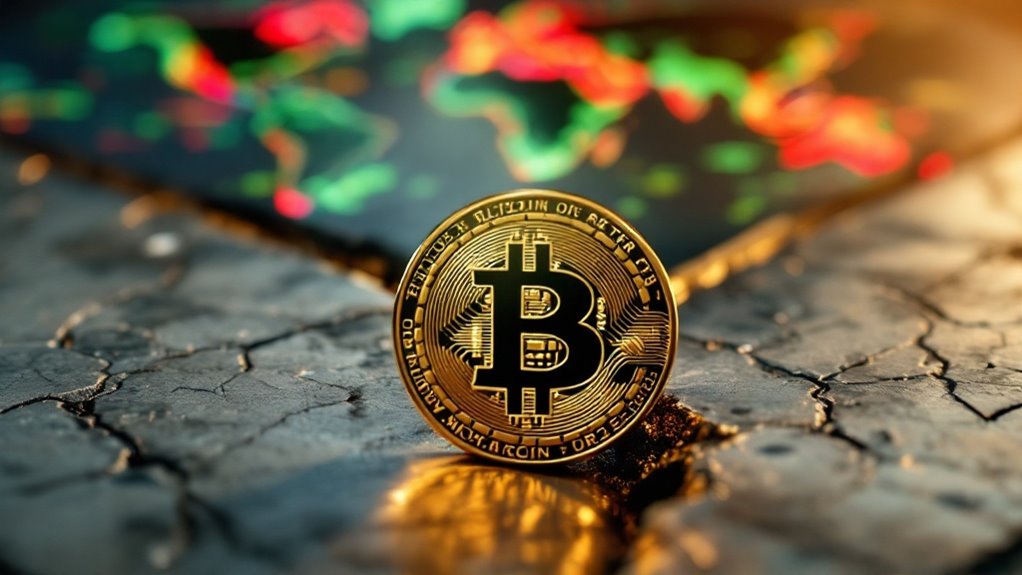NFT minting transforms digital creations into permanent blockchain assets through a methodical process. Creators first prepare their digital artwork, music, or videos in optimized file formats before selecting a blockchain network like Ethereum or Solana. After connecting a crypto wallet, they choose an NFT marketplace such as OpenSea to upload their work and complete the minting transaction. This technological alchemy converts ordinary digital files into unique, verifiable tokens that open up new possibilities in digital ownership.

Every aspiring NFT creator faces the intimidating yet exciting journey of minting their first digital asset. Like an artist preparing to reveal their masterpiece to the world, creators must first carefully select and optimize their digital creation, whether it's a vibrant piece of artwork, a haunting melody, or a thought-provoking video clip. The file format choices shimmer like tools in a digital craftsman's workshop – PNGs, JPGs, and MP4s each serving their unique purpose. These unique tokens ensure verifiable ownership rights on the blockchain for creators of original digital content. The growing need for secure data storage has made blockchain-based NFTs increasingly attractive to creators and collectors alike.
Minting your first NFT feels like standing at the edge of a digital canvas, brush poised to paint your future in pixels.
The blockchain network selection feels like choosing a neighborhood for your digital home. While Ethereum stands as the bustling metropolis of NFT activity, alternatives like Solana and Polygon offer their own unique communities, each with different costs and speeds. Just as a traveler needs local currency, creators must arm themselves with a crypto wallet – MetaMask, Trust Wallet, or Coinbase Wallet serving as digital passports to this new frontier. Popular software like Adobe Photoshop enables creators to design and refine their digital artwork before minting.
The marketplace selection mirrors the age-old choice of where to set up shop. OpenSea looms large like a digital Times Square, while platforms like Rarible and Foundation offer more curated experiences. Each marketplace tells its own story through fees, features, and community dynamics.
The upload process transforms raw digital assets into market-ready NFTs, with metadata serving as the DNA that makes each piece unique and discoverable. The actual minting process represents the moment of truth – when digital potential becomes blockchain reality. Gas fees, those peculiar toll charges of the crypto highway, must be paid unless one opts for lazy minting. The marketplace's digital forge transforms the creator's vision into an immutable token, forever etched in the blockchain's memory.
Finally, like a merchant in a digital bazaar, creators must master the art of presentation and promotion. Setting prices requires a delicate balance of market awareness and artistic value, while promotion demands a symphony of social media engagement and community building. The NFT journey transforms creators into digital entrepreneurs, traversing a landscape where traditional art meets technological innovation in an ever-evolving dance of creativity and commerce.
Frequently Asked Questions
How Much Cryptocurrency Do I Need in My Wallet Before Minting?
Cryptocurrency wallet requirements vary considerably. On Ethereum, users need $50-$150 during low congestion, potentially exceeding $500 in high activity. Alternative networks like Solana and Polygon offer substantially lower fee options.
Can I Mint NFTS on Multiple Blockchains Simultaneously?
Yes, NFTs can be minted simultaneously on multiple blockchains using cross-chain protocols like Chainlink CCIP or Axelar. This process requires sufficient funds on each chain and compatible smart contracts.
What Happens if the Minting Process Fails Midway?
If a minting process fails midway, users lose gas fees but can retry the transaction. Failed attempts may require adjusting gas prices, checking wallet connections, or contacting marketplace support for resolution.
Are There Peak Times When Gas Fees Are Lower?
Gas fees are typically lowest during off-peak hours, particularly between 1 AM – 4 AM EST, weekends, and early mornings. Late nights and Sundays consistently show reduced network activity and lower transaction costs.
Can I Modify My Nft's Metadata After Minting?
Yes, NFT metadata can be modified after minting if the smart contract allows it. Changes can be made through setTokenURI functions, though some platforms offer options to permanently freeze metadata for immutability.









